When we think of an integrated and flexible workspace, it’s really about helping people work the way they want. There’s a wide range of applications beyond G Suite—Adobe, Box, DocuSign, Salesforce, and more—that improve productivity and drive newer ways of getting things done. Yet there’s an opportunity to bring these apps closer together and reduce the time spent jumping between them.
People have to contend with a flood of notifications, disconnected processes, and seemingly constant app-switching. All of this affects their ability to focus, and cuts into time spent on work that makes a real impact. In fact, research shows that the average knowledge worker loses 32 days per year just navigating between their day-to-day applications.
G Suite was designed to both work seamlessly with the apps your team already uses and enables you to automate and customize for your own style of work. We have been working at building an open and customizable platform for more than a decade.
From 1 billion installs from the G Suite Marketplace, to millions of projects built using Apps Script (our low-code development framework), to integrations across the rest of Google, flexibility has always been a G Suite cornerstone.
The G Suite developer platform, our collection of citizen and professional development tools that help you customize and integrate with G Suite, is one way that flexibility comes to life.
Let’s take a look at some of the powerful new G Suite developer platform features and tools that are helping our customers and partners, from PwC to DocuSign, get work done and engage their end users in a seamless, flexible, and integrated way.
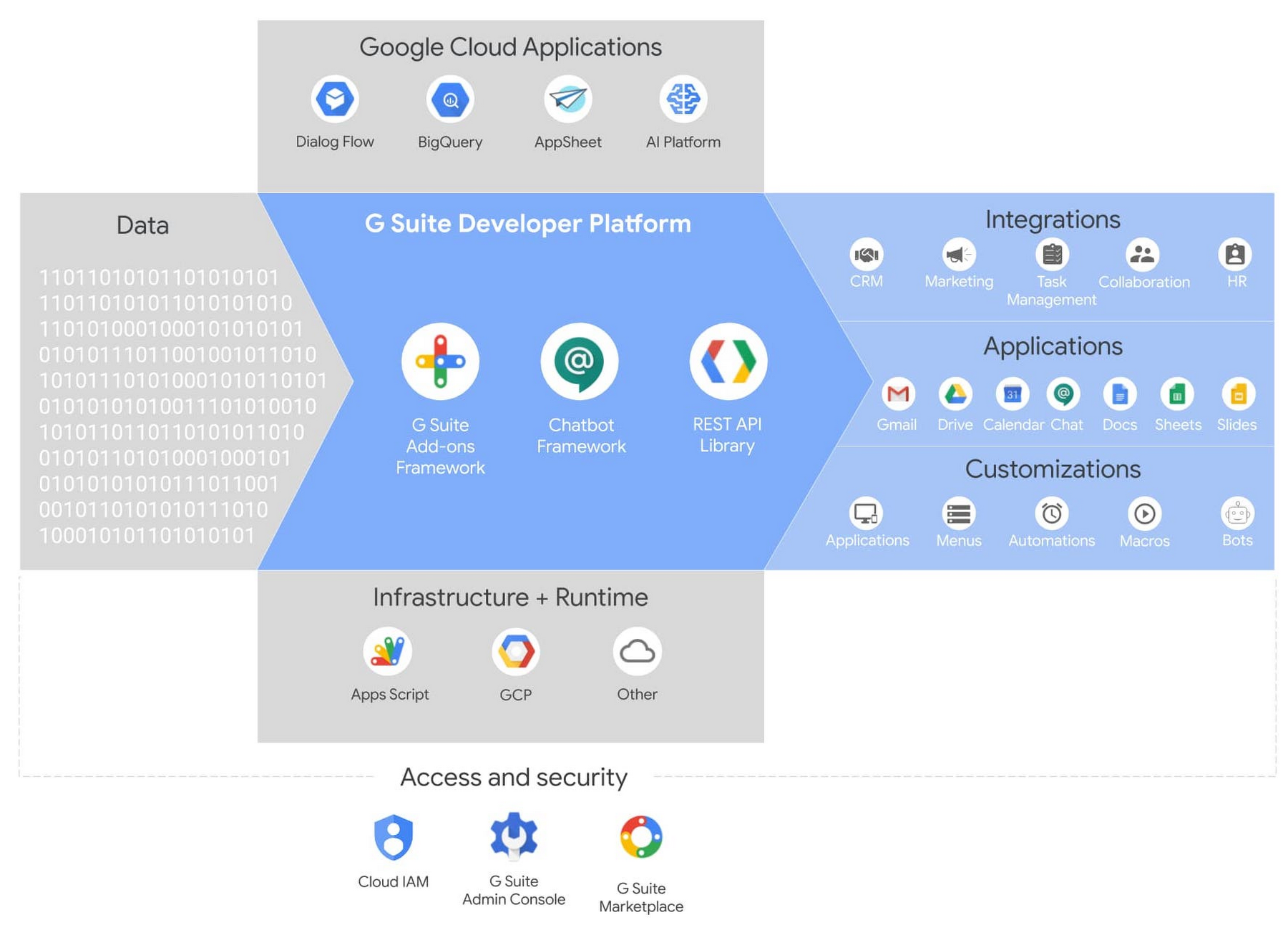
G Suite Marketplace turns 10, gets a refresh
In 2010, we launched G Suite Marketplace, an online storefront to connect users and software providers. We started with just over 50 business applications, but today, users can browse, search, and install from a catalog of thousands of trusted and secure apps that integrate with their favorite Google apps. IT admins can manage and install apps across their organization, and developers and software providers can team up with Google to reach billions of users.
Over the past decade, the number of G Suite users has grown to over 2 billion. And in the G Suite Marketplace, more than 1 billion apps have been installed, including add-ons from DocuSign, Adobe, Zoom, Slack, and Trello. We’re grateful to all the companies, developers, and users who’ve joined us along the way, and we’re excited to celebrate our 10th birthday with a complete redesign of the G Suite Marketplace to make it easier to browse, search, and install the apps you need. Here’s what’s new:
- Fresh look – We’ve updated the iconography to indicate which applications work with which G Suite apps, added more whitespace to improve legibility, and added visual indicators to show the application has been installed.
- Ease of use – As part of the new design, we have improved accessibility with better labels for screen readers and keyboard shortcuts.
- Search relevance – By updating both the search logic and ranking algorithm, we’ve made it easier to discover and evaluate the apps you need quickly.
Navigation changes – Based on user feedback, we simplified uninstalling and app management, and we added more ways to access G Suite Marketplace from your favorite Google apps.
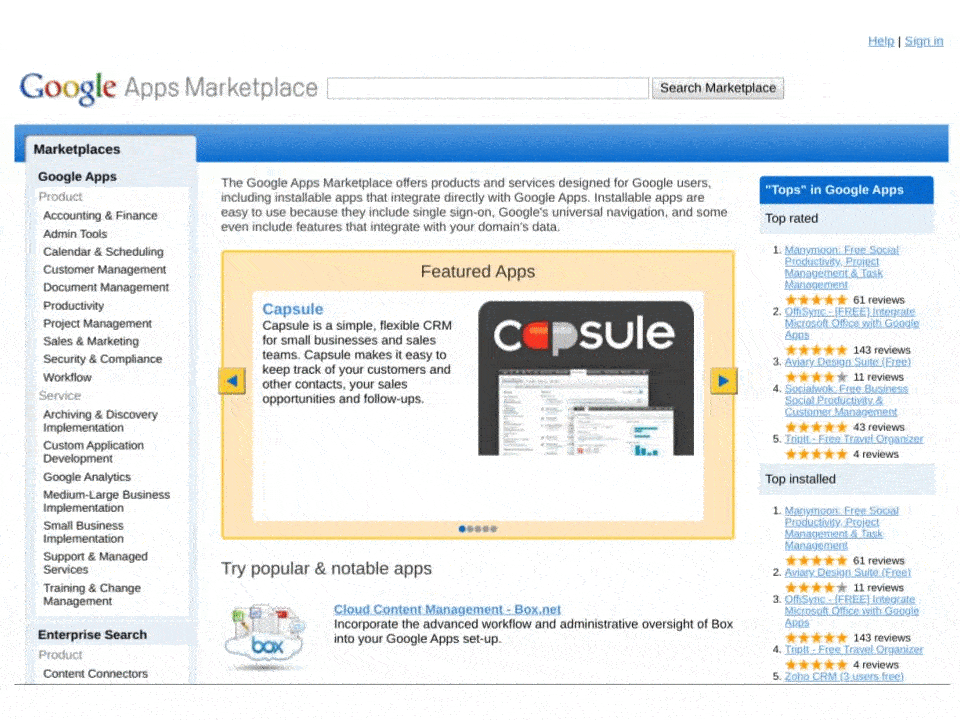
Use any infrastructure to create add-ons
Earlier this year, we made G Suite Add-ons generally available, enabling developers to write once and run anywhere (both desktop and mobile) across Gmail, Drive, and Calendar. Now, we’re simplifying the development process by enabling developers to use the Cloud infrastructure of their choice to build a G Suite Add-on, and we’re expanding the number of G Suite applications supported by bringing in Docs, Sheets, and Slides. With these enhancements, in coordination with our partners, you’ll be able to work seamlessly across your favorite applications from inside G Suite. We’re already seeing great traction from our existing ISV partners, including DocuSign, which has over 4 million installs of their Add-ons.
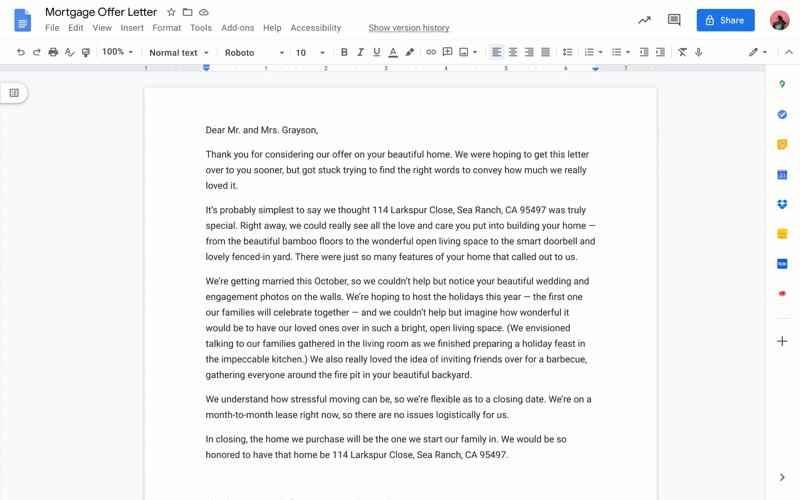
“Our users would like to simplify how they use DocuSign with G Suite without needing to jump from tab to tab. G Suite Add-ons is a great way for us to accomplish this at scale.”
— Todd Nieto, Product Manager, DocuSign
Bring automations to real-time conversations
As more teams rely on real-time communication to stay on top of their work, chatbots are a great way to bring automation, actions, and information right into teams’ conversations. Last year, we announced that bots could be added to DMs and group conversations, rather than just in chat rooms. Over the coming months, we’ll be launching slash commands and dialogues to further simplify how users can engage with third-party applications within Chat.
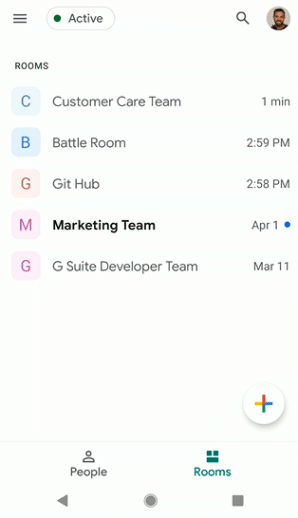
Get more done from your inbox
We’ve helped develop AMP for Email, an open source email framework that you might have encountered when responding to an email alerting you to a new comment in Google Docs, Sheets, and Slides. With AMP, you can respond to, or resolve, that comment directly from your inbox. We recently launched the AMP for Enterprise Email Program to bring more AMP business use cases to market. Guru, one of our early partners, has been using AMP to replace their static notification emails. This enables their users to read, verify, and reply to knowledge cards—Guru’s method of surfacing useful information to users–without needing to click out to another tab. The early results have been exciting, with Guru seeing a 2.5X increase in actions taken from comment emails within their first month using AMP.
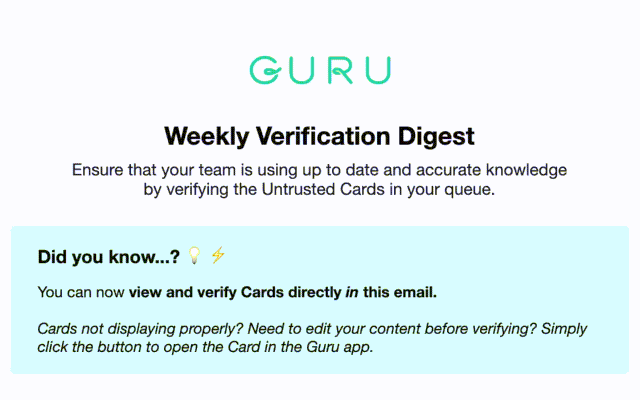
Customize how your teams work
Creating this flexible workspace isn’t just about integrations. It’s about getting more out of your technology platform. And sometimes an out-of-the-box solution doesn’t solve all your needs. If you’ve ever thought, “I wish this app could do this,” that’s where our no-code and low-code development tools, AppSheet and Apps Script, come in. With AppSheet, business users can build custom applications that are tied directly to the G Suite productivity tools they’re already using.
Later this year, Apps Script, which also recently turned 10, will unveil a new, integrated development environment that improves the development experience by addressing top user pain points, including the release of a new code editor and debugger. With Apps Script, teams can build customized extensions, integrations, and automations for G Suite.
AppSheet and Apps Script enable teams to build solutions to the business problems they encounter every day, without relying on professional software development resources. We’ve heard some compelling stories from customers like PwC, who has been using Apps Script to build a culture of self-sustained and continuous innovation.
“We’re more productive. We’re more efficient. We’re speeding up work, which is also more satisfying for people. People are upskilling and they don’t have to spend hours on repetitive tasks. Our culture is transforming where anyone in the business can have a great idea and bring it to life, rather than solely relying on the IT department.”
Adrienne Schute, Global Change Director, PwC
Together, these components enable you to bring your data into the platform, pull in services from Google Cloud, choose your runtime and then surface integrations and customizations across G Suite. All of which enable you to build a simpler, more integrated and more flexible worker experience.
Install one of thousands of add-ons from the G Suite Marketplace, get started with Apps Script, browse the G Suite developer documentation, or check out the G Suite Developers blog for more information.

